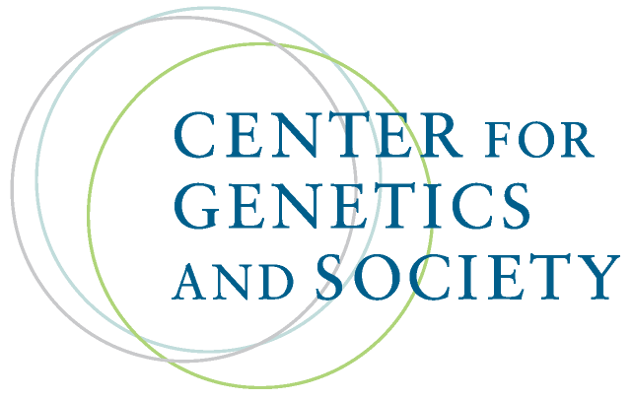CRISPR cures progeria in mice, raising hope for one-time therapy for a disease that causes rapid aging
By Sharon Begley,
STAT
| 01. 06. 2021
Biologists tend not to discuss experimental results on a handful of cells and a single solitary mouse — too preliminary, too sketchy. David Liu of the Broad Institute therefore had no plans to present such findings, which he’d peeked at over his graduate student’s shoulder, when he gave a high-profile talk in 2018 at the National Institutes of Health on a form of the CRISPR genome-editing system that he’d invented.
Not that he wasn’t tempted. Student Luke Koblan had used the clever new form of CRISPR, called base editing, to alter a single misspelled pair of “letters” among the 3 billion in the DNA of cells taken from children with progeria, an infamous and fatal genetic disease marked by accelerated aging. Koblan had done this work in lab dishes, and had also corrected the progeria mutation in a mouse carrying the human gene that, as a result, aged so quickly that by toddlerhood, it was like a picture of Dorian Gray with whiskers.
Chatting before his talk with NIH Director Francis Collins, who discovered the progeria mutation in 2003, Liu...
Related Articles
By Jonathan Matthews, GMWatch | 12.11.2025
In our first article in this series, we investigated the dark PR tactics that have accompanied Colossal Bioscience’s de-extinction disinformation campaign, in which transgenic cloned grey wolves have been showcased to the world as resurrected dire wolves – a...
By Jenny Lange, BioNews | 12.01.2025
A UK toddler with a rare genetic condition was the first person to receive a new gene therapy that appears to halt disease progression.
Oliver, now three years old, has Hunter syndrome, an inherited genetic disorder that leads to physical...
By Simar Bajaj, The New York Times | 11.27.2025
A common cold was enough to kill Cora Oakley.
Born in Morristown, N.J., with virtually no immune system, Cora was diagnosed with severe combined immunodeficiency, a rare genetic condition that leaves the body without key white blood cells.
It’s better...
By Rachel Hall, The Guardian | 11.30.2025
Couples are needlessly going through IVF because male infertility is under-researched, with the NHS too often failing to diagnose treatable causes, leading experts have said.
Poor understanding among GPs and a lack of specialists and NHS testing means male infertility...



